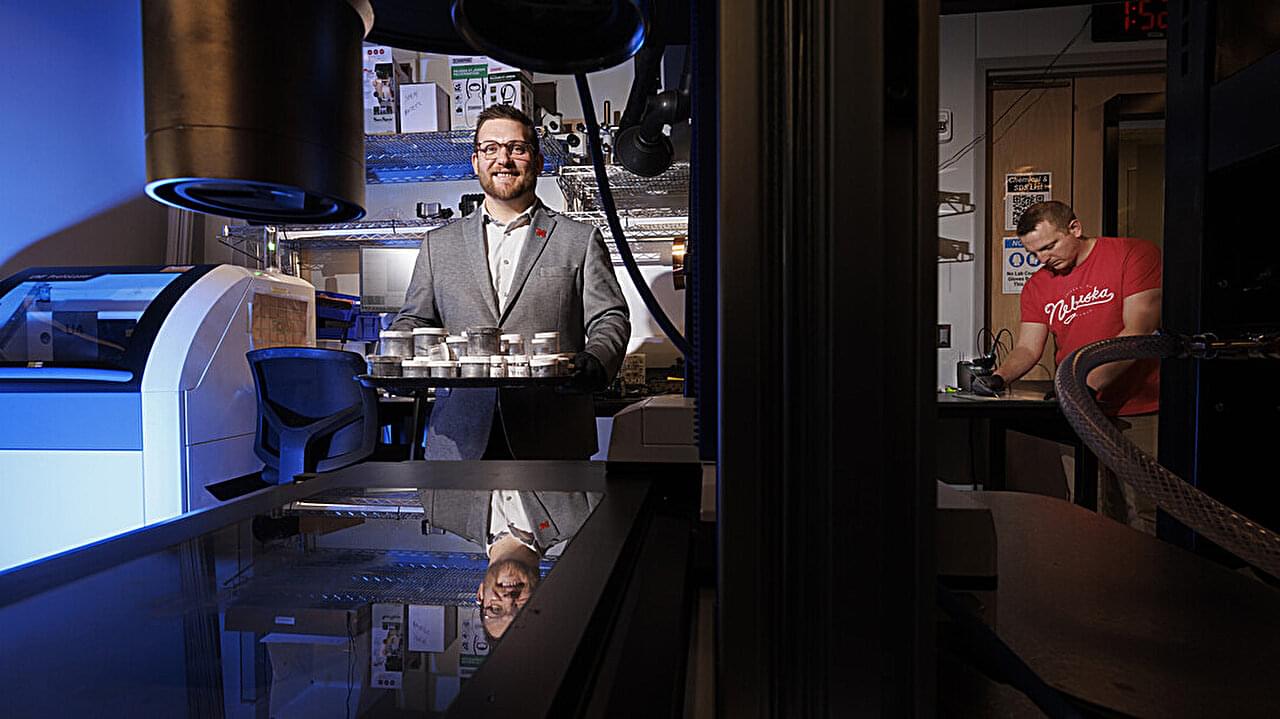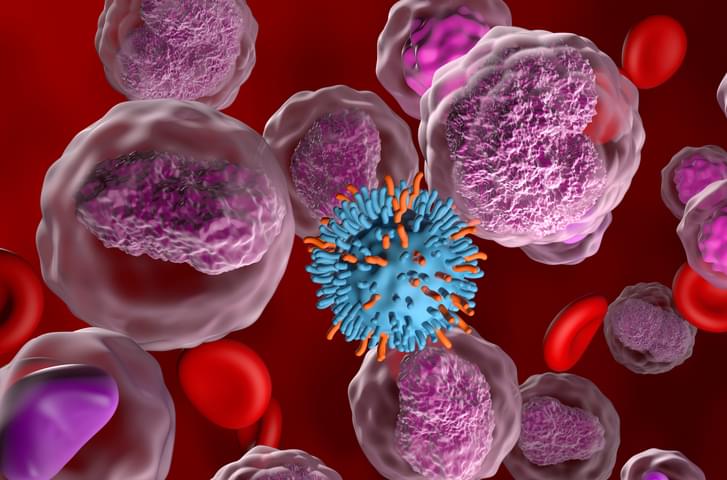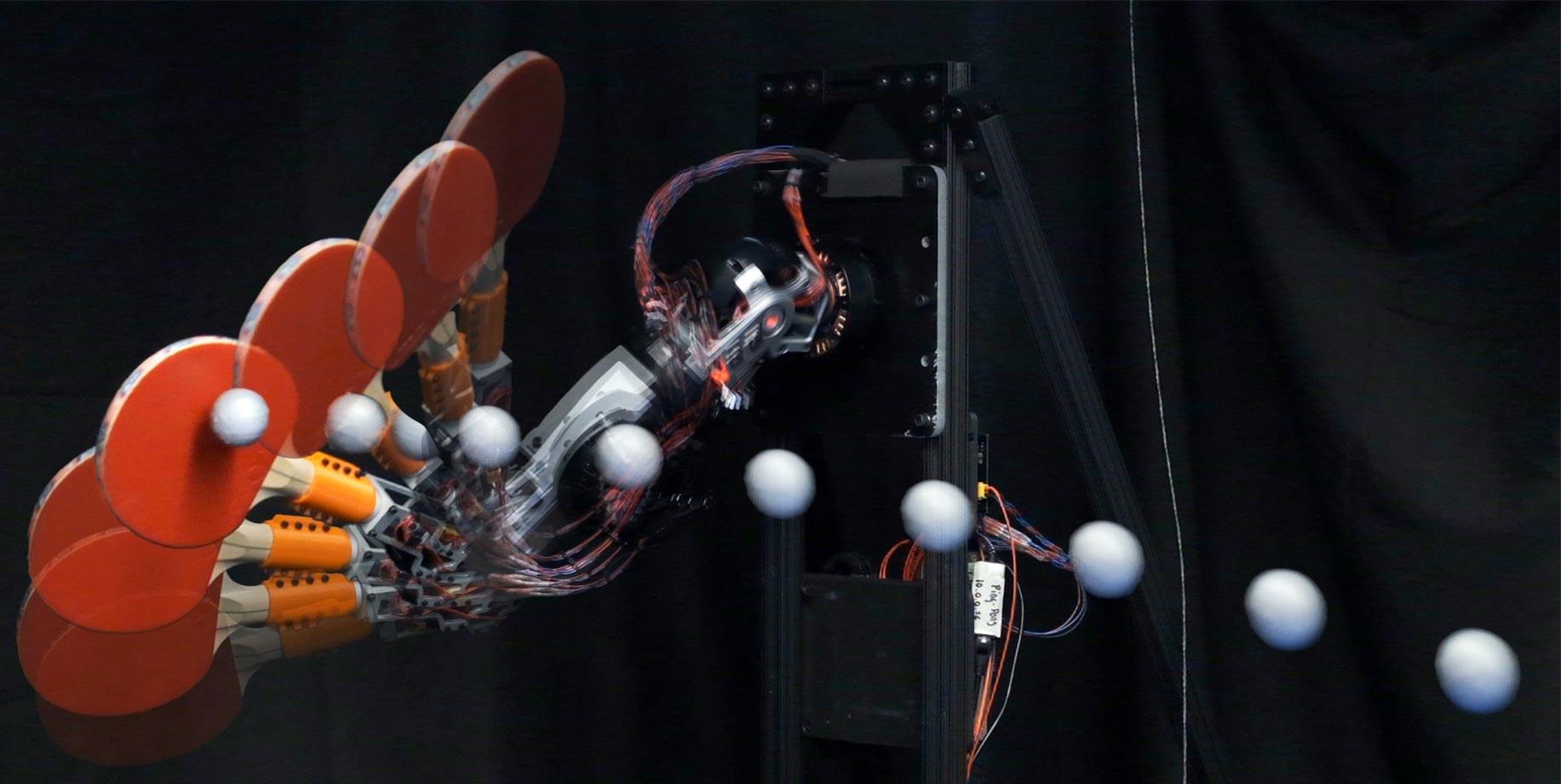A University of Nebraska–Lincoln engineering team is another step closer to developing soft robotics and wearable systems that mimic the ability of human and plant skin to detect and self-heal injuries.
Engineer Eric Markvicka, along with graduate students Ethan Krings and Patrick McManigal, recently presented a paper at the IEEE International Conference on Robotics and Automation in Atlanta, Georgia, that sets forth a systems-level approach for a soft robotics technology that can identify damage from a puncture or extreme pressure, pinpoint its location and autonomously initiate self-repair.
The paper was among the 39 of 1,606 submissions selected as an ICRA 2025 Best Paper Award finalist. It was also a finalist for the Best Student Paper Award and in the mechanism and design category.





